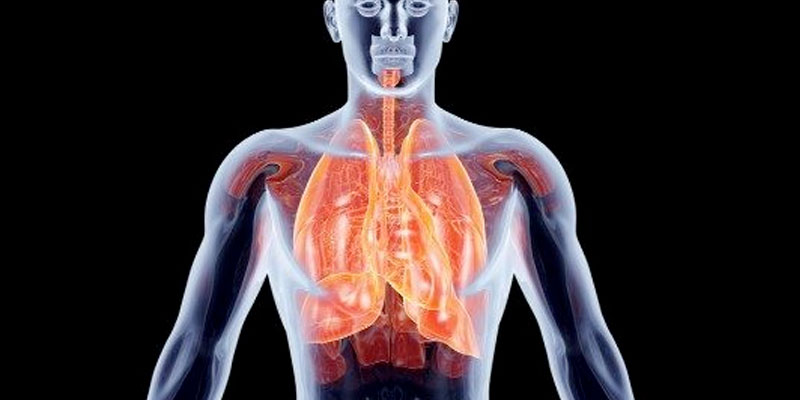Workers’ compensation is designed to cover a wide variety of work related injuries that your employees may sustain during the course and in the scope of their employment. Most people tend to think of physical injuries, such as a broken arm or even an amputated foot, but workers’ compensation covers many other injuries, including those from repetitive stress, psychological injuries, or illnesses that may be caused by work place conditions. One type of illness commonly seen in the workers’ compensation system is lung disease.
Lung disease may happen as a work-related injury where a worker has been exposed to certain contaminants that cause lung disease while at work. There are many different roles that may expose a worker to dangerous fumes, dust, or gases. For an injured employee to be eligible to receive workers’ compensation benefits as a result of lung disease, he or she will need to prove industrial causation. Proving industrial causation will require proof of three things: 1) that the contaminants alleged to have caused the lung disease are actually present in the workplace; 2) the worker was exposed to the contaminant in the workplace; and 3) there must actually be a disease that the contaminants can cause, accelerate, or aggravate.
A worker can prove which contaminants are in the workplace in one of two main ways. The first is eyewitness testimony. Other workers or even clients or customers can testify that particular materials or conditions were observed in the workplace. The other way is through the Material Data Safety Sheet. Federal law requires that employers ensure that these safety sheets are “readily accessible to employees for all hazardous chemicals in their workplace.”
Whether the worker was actually exposed to the chemical is a factual issue. The employee or other workers can testify that the employee was exposed to the contaminant. For example, testimony can be introduced which states the employee was observed inhaling fumes from dangerous chemicals. In other cases, particular tests can help prove exposure. These tests would be commonly used where the employee has been injured by, for example, mold or asbestos.
Finally, a physician will have to examine the employee. The medical professional will need to determine that the lung disease was actually caused by exposure to the contaminant.
If you have questions about what industrial injuries are covered by the workers’ compensation system, let us answer them. Contact us today for an appointment to talk about your business.

